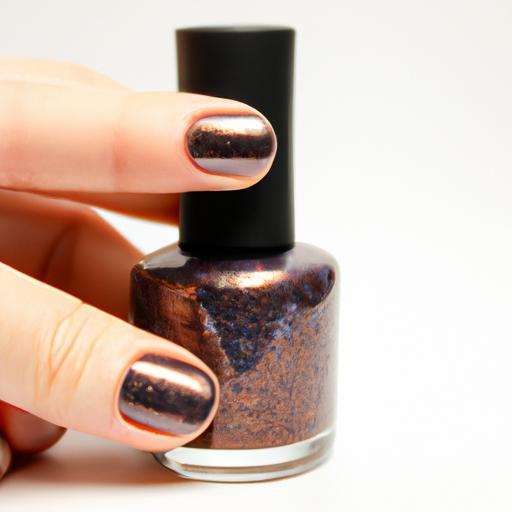Table of Contents
If you’ve ever noticed a dent in your nail, you’re definitely not alone. Dents, grooves, and ridges on the surface of your nails are quite common and can happen to anyone. Although they are generally harmless, they can occasionally indicate underlying health concerns. In this article, we’ll delve into the potential reasons behind nail dents and discuss how to prevent and treat them.
Potential Causes of Nail Dents
Trauma or Injury
One of the most commonplace causes of nail dents is trauma or injury to the nail bed. This can occur due to various activities, such as accidentally slamming your finger in a door, striking your nail with a hammer, or even biting your nails. When the nail bed experiences damage, it can result in the nail growing back with a dent or groove.
Nutrient Deficiencies
Another possible cause of nail dents is deficiencies in essential nutrients. Your nails require a range of vitamins and minerals to grow strong and healthy, including vitamin D, calcium, and iron. Without these vital nutrients, your nails can become weak and susceptible to developing ridges or dents.
In particular, a scarcity of biotin (also known as vitamin B7) has been associated with brittle nails and nail dents. Biotin plays a critical role in maintaining healthy nail growth, and a deficiency can lead to various abnormalities. If you suspect that your nail dents are due to a nutrient deficiency, it’s important to consult your doctor for an accurate diagnosis and an appropriate treatment plan.
Nail Dent Symptoms
The most noticeable symptom of nail dents is the presence of visible dents or grooves on the surface of your nails. You may also experience pain or discomfort around the affected area, particularly if the nail bed was injured. In some cases, nail dents can also cause changes in the color or texture of your nails, such as yellowing or brittleness.
If you observe any of these symptoms, it’s crucial to seek medical attention. While nail dents are generally harmless, they can sometimes serve as an indication of an underlying health issue that requires treatment.
Diagnosis and Treatment Options
The initial step in diagnosing nail dents involves a physical examination conducted by a medical professional. Your doctor will closely examine the affected nail and may even collect a sample for testing. If a nutrient deficiency is suspected, they might order blood tests to assess your vitamin and mineral levels.
In the case of a fungal infection causing the nail dents, your doctor may prescribe antifungal medication to help eliminate the infection. For medical conditions that contribute to the presence of dents, your doctor might recommend the use of topical or oral medications.
In some instances, simply avoiding exposure to harmful chemicals or trauma can aid in preventing nail dents. Maintaining a nutritious diet and practicing good hygiene can also have a positive impact on keeping your nails strong and healthy. If you suspect that your nail dents are caused by a nutrient deficiency, consider consulting your doctor about potential solutions such as dietary changes or supplements.
Remember, the health of your nails reflects more than just aesthetics. Taking good care of your nails is an important aspect of overall health and well-being.






